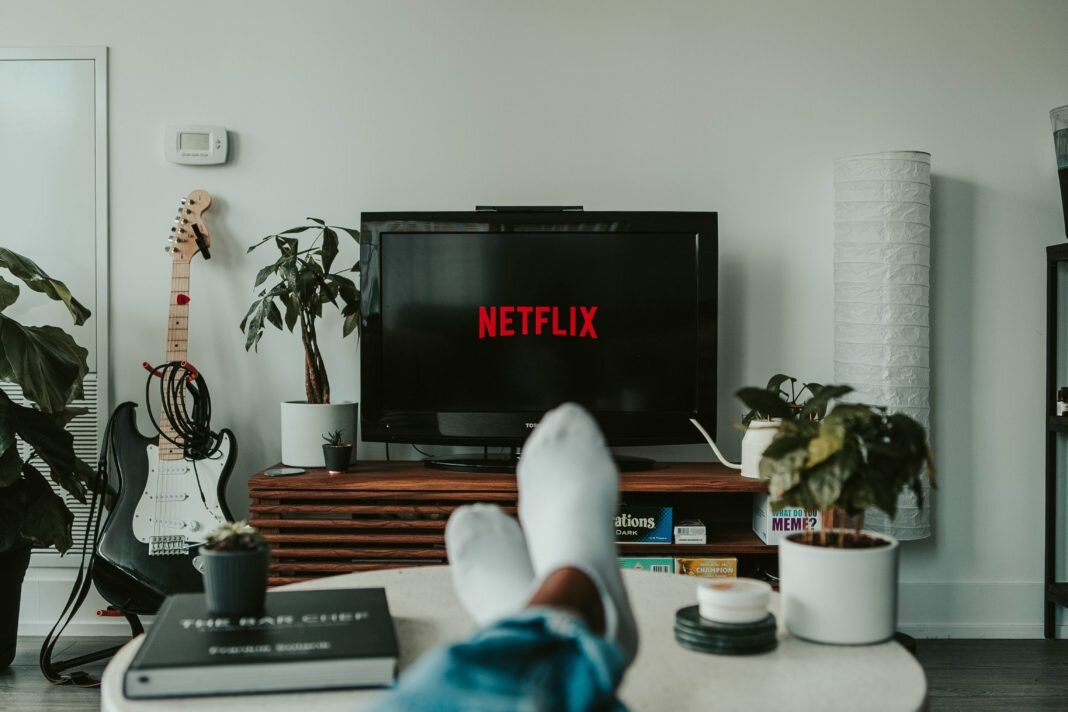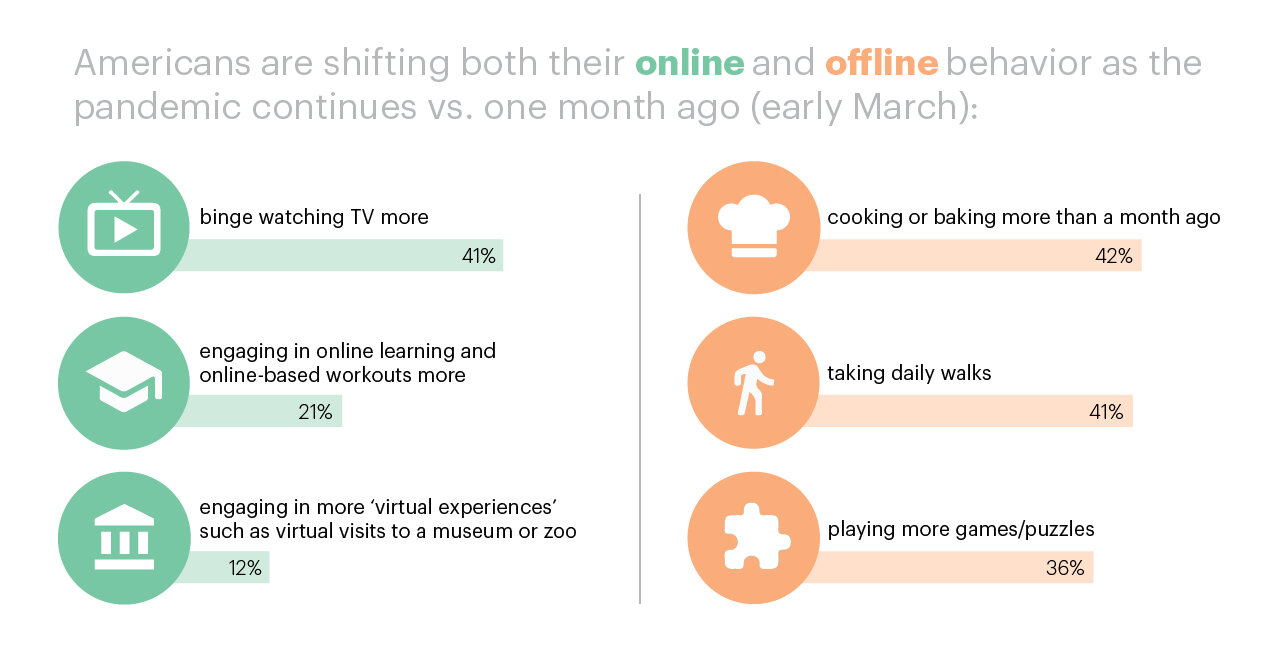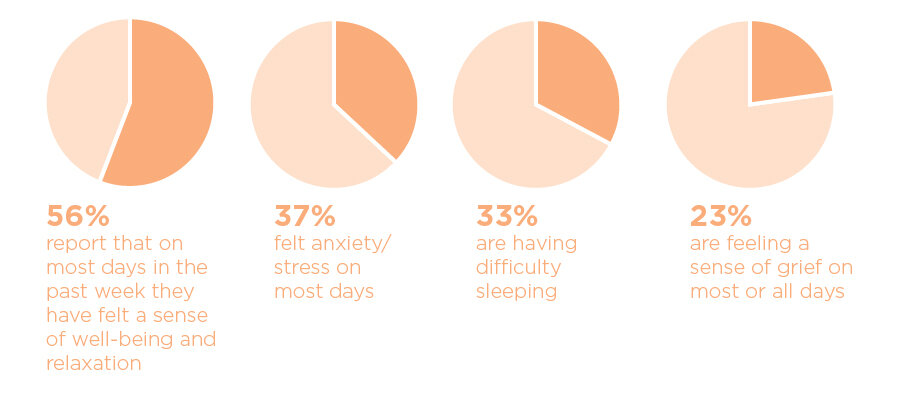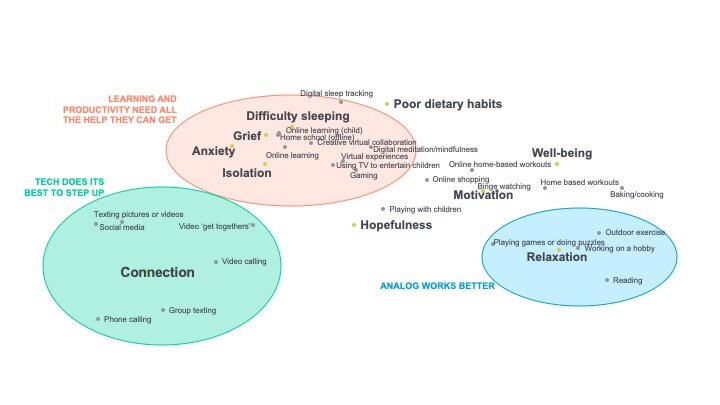Brief • 3 min Read

It’s clear that Americans are using more tech in their day-to-day lives as the pandemic continues. vs. one month ago (early March), 41% indicate that they are binge watching TV more, one-third are video calling more, a quarter are having more ‘video get-togethers’, and one-in-five are engaging in online learning and online-based workouts more frequently. One-in-ten also report engaging in more ‘virtual experiences’ such as virtual visits to a zoo or museum and a similar number have increased virtual creative collaboration over the past month.
However, our offline behaviors are changing even more significantly – particularly for parents. More than half of parents are playing with their children more than they were a month ago, and many are also navigating the ‘home schooling’ waters for the first time. We’ve also gotten more domestic: roughly 4-in-10 Americans are cooking or baking more than a month ago – sending flour and yeast sales skyrocketing – and a similar number are reading more. 36% are playing more games/puzzles and 30% are spending more time on hobbies. We’re also seeing an increasing number of American’s partaking in outdoor activities. In the latest Harris Poll Covid-19 Consumer Tracker, 41% of Americans say they are taking daily walks to cope with the existing circumstances and roughly one-in-three are getting more outdoor exercise than a month ago.

But How Are We Feeling?
Our emotional states are decidedly mixed. More than half of Americans report that on most days in the past week they have felt a sense of well-being and relaxation and nearly half felt connected and hopeful. However, 37% also felt anxiety/stress on most days and roughly one-third reporting having difficulty sleeping and experiencing a sense of loneliness or isolation on all or most days. Nearly one-quarter report feeling a sense of grief on most or all days. What technologies are individuals turning toward to help alleviate these negative emotions and to build the positive? Are those solutions working?

The Impact of Our Behavior Shifts on Our Emotional & Physical Well-Being
Our research finds that tech-based behavior can play a role to help increase our sense of connection with others – particularly through video (one-on-one or with a group) and text-based communication. On the flip side, the use of tech for online learning, virtual collaboration, gaming or virtual experiences tends to increase anxiety, grief and isolation and contributes to poor sleeping habits. Additionally, there are aspects of our well-being that are currently better served via analog approaches. In fact, offline behaviors such as outdoor exercise, working on hobbies, baking/cooking and playing with children are more effective in contributing to a sense of relaxation and decreased anxiety than any of the tech behaviors examined.

Methodology
This survey was conducted online within the United States by The Harris Poll from March 6-8, 2020 among 2,000 U.S. adults ages 18 and older. This online survey is not based on a probability sample and therefore no estimate of theoretical sampling error can be calculated. For complete survey methodology, including weighting variables and subgroup sample sizes, please contact [email protected].
Subscribe for more Insights
Subscribe to our newsletter for the latest trends in business, politics, culture, and more.
Related Content









